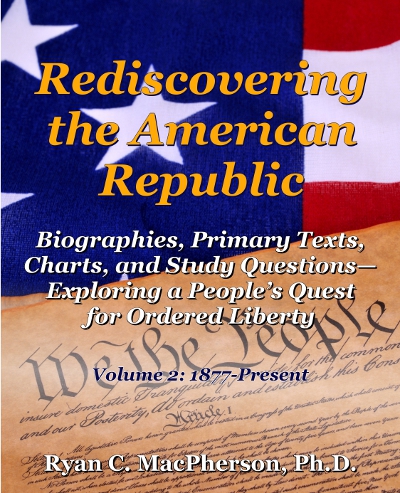Excerpted from: Rediscovering the American Republic, vol. 2: 1877–Present
Return to Previous: The Expansion of the Civil Rights Movement, 1961–1963
The Civil Rights Act of 1957
The Civil Rights Act of 1957 established a six-member Civil Rights Commission and a Civil Rights Division within the Justice Department. Congress authorized the Attorney General to seek district court injunctions against local governments who deprived persons of the right to vote. Senator Strom Thurmond, a South Carolina Dixiecrat, attempted to block the measure by filibustering for twenty-four hours and eighteen minutes (the longest filibuster ever recorded), August 28–29, 1957.
Two amendments drastically limited the potential of the 1957 act: the Attorney General could not seek court injunctions against Jim Crow; and, cases of criminal contempt concerning voting rights would be heard by local juries—which in practice meant all-white juries. Senator Lyndon B. Johnson, a Texas Democrat with aspirations for the presidency, orchestrated the adoption of both amendments, thereby establishing political support among southern Democrats. Vice President Richard Nixon, a Republican, opposed these changes, but with support from Democratic Senator John F. Kennedy of Massachusetts, Johnson had his way.
Political Realignment
Ironically, Kennedy, Johnson, and the national Democratic Party reversed their stance on civil rights during the 1960s. The transition occurred gradually. In the 1960 presidential campaign, Kennedy applauded the sit-ins and suggested that, if elected, he would end housing discrimination by executive order. In October, Kennedy also made a courtesy call to Coretta Scott King, offering sympathy while her husband, Martin Luther King, Jr., was jailed during an Atlanta sit-in protest. Nixon, meanwhile, remained silent on civil rights. Once elected, Kennedy proceeded cautiously. His brother Robert, whom he appointed attorney general, negotiated by phone with southern government leaders in an effort to contain the civil rights movement before it became too much of a political nuisance. Ultimately, the Kennedy brothers concluded that the most prudent political move would be to channel the energy of the movement into their own political party, even if this meant alienating southern whites.
The Civil Rights Act of 1964
The Civil Rights Act of 1964 is the most comprehensive civil rights legislation Congress has ever passed. Calling civil rights a “moral crisis” that necessitated federal action, President Kennedy announced on June 11, 1963 that he would send a civil rights bill to Congress. The August 28 “March on Washington for Jobs and Freedom” rallied support for the bill. After Kennedy’s assassination in November, President Johnson urged Congress to enact the proposed legislation. He signed the bill into law on June 2, 1964, solidifying the Democratic Party as the party of civil rights.
The new law authorized the Attorney General to file desegregation suits relating to public accommodations and public education; outlawed employment discrimination based on race, color, religion, sex, or national origin; outlawed discrimination in federally funded institutions (including universities); established the Equal Employment Opportunity Commission; declared that a sixth-grade education suffices for any voting registration literacy test; and, prohibited the denial of voting registration based on filing errors.
Mississippi Freedom Democratic Party
Barred from participating in their state’s Democratic Party, blacks in Mississippi mobilized to form their own organization, the Mississippi Freedom Democratic Party. Electing delegates to the 1964 national convention, they hoped to be received as equals among white delegates from other states. When the credentials committee, under pressure from southern whites, blocked their registration, a political disaster erupted on national television. President Johnson’s supporters worked out a compromise by allowing the black delegation to fill some at-large seats in 1964 and guaranteeing blacks full participation in the 1968 convention.
The Voting Rights Act of 1965
Calling out “We shall overcome”—the refrain of a popular civil rights song—President Johnson urged Congress to pass the Voting Rights Act. This law authorized the Justice Department to suspend literacy and related tests in districts where fewer than half the persons of sufficient age had been registered to vote and to place those districts under federal supervision. The Justice Department invoked this authority over seven states on August 7, 1965, the day after the bill was signed.
Continue with Next: The Fragmentation and Legacies of the Civil Rights Movement, 1961–1978
- To learn more, purchase:
- See also:


